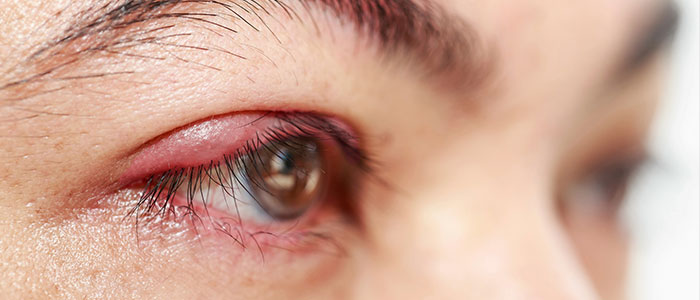Popular Tags
Latest News Blog

A recent study published in JAMA Ophthalmology has demonstrated in older women a correlation between having cataract surgery and a decrease in death rate from all causes.
The data comes from a prospective longitudinal study called the Women’s Health Initiative. This study involved women 65 years or older and collected data from Jan. 1, 1993, until Dec. 31, 2015.
In the study, there were 74,044 women who had been identified with a cataract and within that group 41,735 had undergone cataract surgery during the study time period.
The results showed that of those in the group who had cataract surgery, the mortality - or death - rate was 1.52 deaths per 100 person years. That means that in any given year if you took 100 women who had cataract surgery about 1.52 died in that year. The mortality rate in the women who did not have cataract surgery was 2.56 deaths per 100 person years. Those numbers mean that women who had cataract surgery were 40% LESS LIKELY to die in any given year than women who did not have surgery.
An important aspect of this study is that the authors accounted for several reasons that might have increased the death rate in the non-cataract surgery group. They adjusted for issues such as smoking, alcohol use, Body Mass Index (a measure of a degree of excess weight), and physical activity. Controlling for those factors means that the higher death rate in the women who did not have cataract surgery cannot be explained or blamed on them having a higher rate of smoking, alcohol use, being overweight or being less physically active.
Although the authors excluded any of those above factors for the mortality difference they did not have any specific reasons as to why this difference exists. There just may be some inherent reason why having better vision leads to a healthier existence and therefore a lower risk of death.
Why are these results important? They demonstrate that there may be an additional benefit to having cataract surgery besides the improved vision (which is enough of a benefit on its own) as it may also help you to live a longer more enjoyable life.
Article contributed by Dr. Brian Wnorowski, M.D.
This blog provides general information and discussion about eye health and related subjects. The words and other content provided on this blog, and in any linked materials, are not intended and should not be construed as medical advice. If the reader or any other person has a medical concern, he or she should consult with an appropriately licensed physician. The content of this blog cannot be reproduced or duplicated without the express written consent of Eye IQ.

Red, Itchy, swollen eyelids are often due to a condition called blepharitis. Blepharitis tends to be a chronic condition due to thick eyelid mucous gland production that sticks to the bases of the eyelashes. This adherent mucous can allow bacteria to overgrow and also attract and retain allergens. The standard treatment for blepharitis is doing warm compresses and cleaning off the eyelids with a mild baby shampoo and water solution.
This treatment works for some people but there are many more sufferers who have chronic irritation and relapses despite this treatment. If the warm compresses and eyelid scrubs are not quite keeping the condition under control there are several other additional treatments that can be used to control the symptoms.
One such treatment that your doctor may decide to use an antibiotic/steroid combination drop or ointment. We usually use these for short periods of time to try to bring the condition under control. They are not good to use chronically because it can build resistant bacteria and the steroid component can cause other eye issues like cataracts and glaucoma. The treatment is very safe for short term use but chronic use is usually not a good option.
There are also antibiotic eyelid scrubs such as Avenova which can be prescribed and used on a more chronic basis.
Oral Doxycycline can also be used more chronically in very low doses. Doxycycline is an antibiotic that when used to treat infections is generally prescribed in a dose of 100mg twice a day. For chronic Blepharitis suffers we generally use a much lower dose of around 50 mg a day. At that dose we are using the Doxycycline to help thin out the mucous production from the eyelid glands more than for it’s antibiotic properties.
In summary, Blepharitis can be a chronic issue that requires some persistent “maintenance” work be done to keep it under control with further intervention sometimes needed for flare-ups.
Article contributed by Dr. Brian Wnorowski, M.D.
The content of this blog cannot be reproduced or duplicated without the express written consent of Eye IQ



